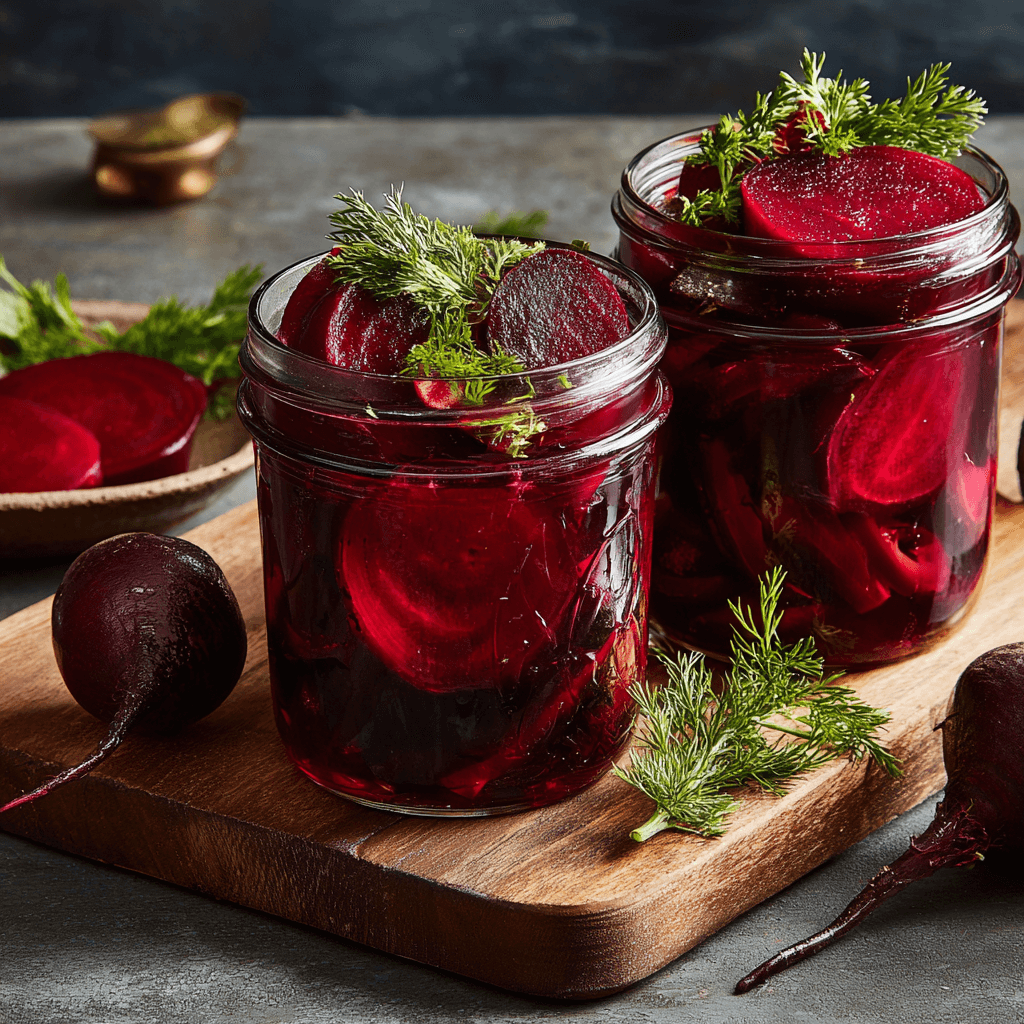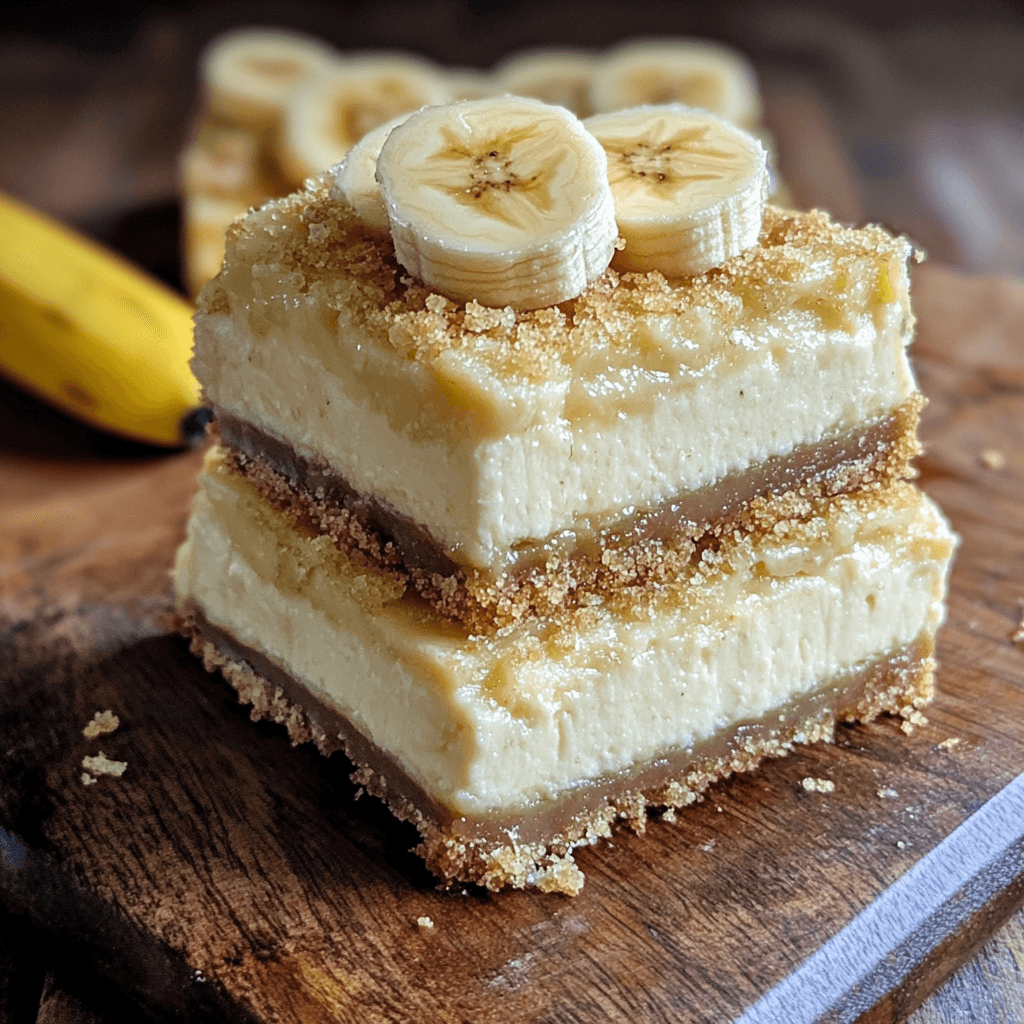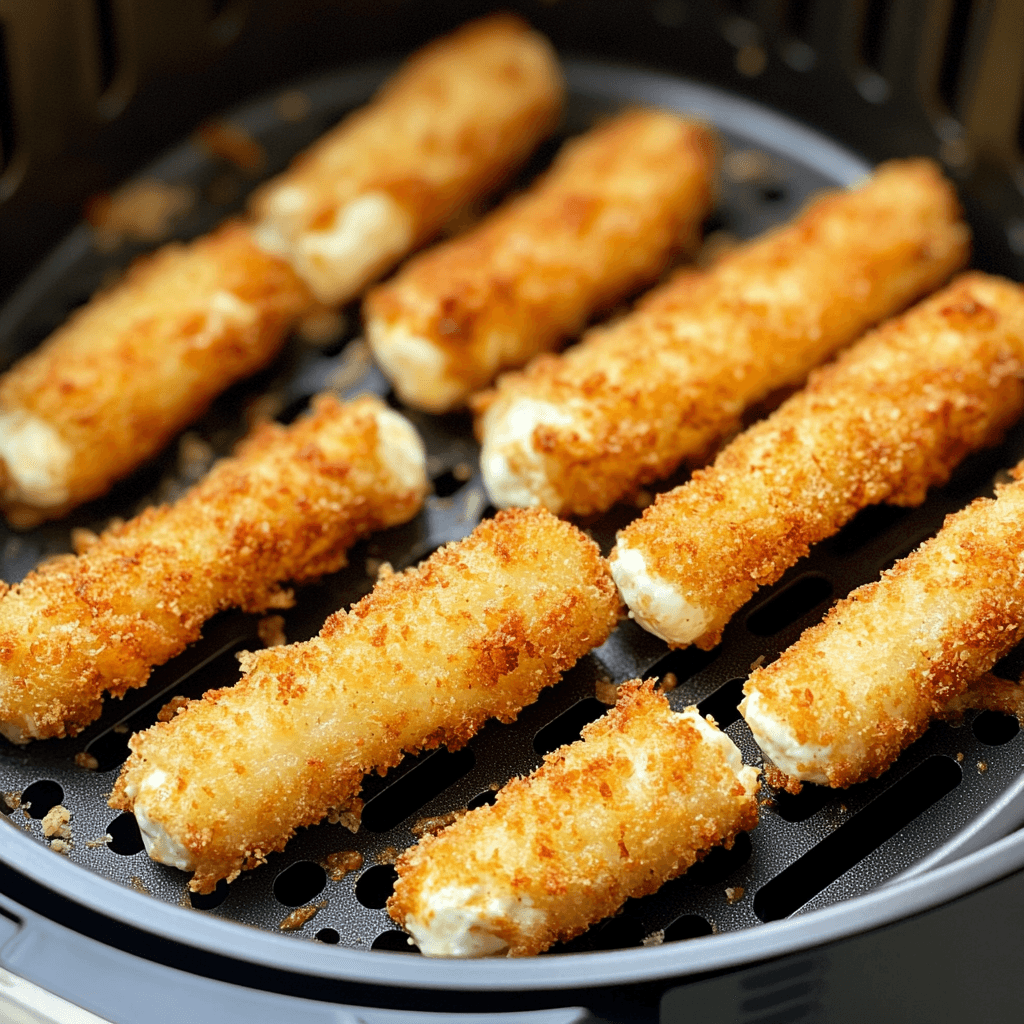What Are Refrigerator Pickled Beets?
History of beet pickling
Beets have been pickled and preserved for centuries, cherished across many cultures for their vibrant color, earthy sweetness, and health benefits. Historically, pickling was a practical method to extend the shelf life of fresh produce before refrigeration existed. Eastern European cuisines, in particular, have long celebrated pickled beets as a staple side dish, often served alongside hearty meats and breads.
Beyond preservation, pickling beets adds a tangy, slightly sweet flavor that complements their natural earthiness and makes them a versatile addition to salads, sandwiches, and charcuterie boards.
How refrigerator pickling differs from canning
Refrigerator pickling is a quick, easy alternative to traditional canning that requires no special equipment or lengthy sterilization processes. Instead of using heat to seal jars and create a long shelf life, refrigerator pickling relies on a simple vinegar-based brine and cold storage.
This method preserves the beets’ crisp texture and fresh flavor while allowing for more flexibility with spices and seasonings. Although refrigerator pickled beets don’t last as long as fully canned versions (usually about 1–2 months in the fridge), they’re incredibly convenient for those who want small batches without the fuss of water baths and pressure canners.
Why Choose Refrigerator Pickled Beets?
Health benefits of beets
Beets are packed with nutrients and offer a variety of health benefits. They’re an excellent source of fiber, folate, manganese, potassium, iron, and vitamin C. The deep red color comes from betalains, powerful antioxidants that may help reduce inflammation and support heart health.
Pickling beets retains many of these nutrients while adding probiotics when naturally fermented (though refrigerator pickling itself isn’t a fermentation process). Adding pickled beets to your diet can promote digestive health and provide a flavorful way to increase your vegetable intake.
Convenience and quick prep advantages
Refrigerator pickled beets are ideal for anyone looking for a quick, no-fuss way to enjoy pickles at home. Unlike traditional canning, which requires sterilizing jars and boiling water baths, refrigerator pickling is simple: just prepare a brine, pour it over cooked or roasted beets, and chill.
This method takes far less time and effort, making it perfect for busy home cooks or beginners. Plus, it allows you to experiment with different flavors and make small batches to enjoy within a few weeks.
Ingredients You Need for Refrigerator Pickled Beets
Choosing the best beets
For the best flavor and texture, choose fresh, firm beets without blemishes or soft spots. Red beets are classic and provide a beautiful, vibrant color, but you can also use golden or striped (Chioggia) beets for a milder taste and colorful presentation.
Smaller beets tend to be sweeter and more tender, making them a great choice for pickling.
Vinegar and seasoning options
Vinegar is the backbone of any pickling brine. White vinegar and apple cider vinegar are the most common choices. White vinegar delivers a sharp, classic pickle flavor, while apple cider vinegar adds a touch of sweetness and complexity.
For seasonings, think beyond just salt and pepper — bay leaves, mustard seeds, coriander seeds, and peppercorns add depth. You can also include sliced onions or garlic to enhance the flavor of the brine.
Optional sweeteners and spices
Adding a sweetener balances the tang of the vinegar and complements the natural earthiness of beets. Common options include sugar, honey, or maple syrup.
For a spiced twist, try adding whole cloves, cinnamon sticks, or star anise to the brine. These ingredients infuse the beets with warm, aromatic notes and make each bite more interesting.
How to Prepare Beets for Pickling
Cleaning and trimming
Start by giving your beets a good rinse under cool water to remove any dirt or debris. Trim off the leafy tops, leaving about an inch of stem attached — this helps reduce bleeding of color during cooking. Also, trim off the thin root end.
If you plan to use the beet greens, set them aside — they can be sautéed or used in salads!
Cooking methods: boiling vs roasting
You can prepare your beets for pickling by either boiling or roasting them:
- Boiling: Place the whole, trimmed beets in a large pot of water and bring to a boil. Reduce to a simmer and cook for about 30–45 minutes, depending on their size, until they’re easily pierced with a fork.
- Roasting: Wrap each beet in foil and roast at 400°F (200°C) for 45–60 minutes. Roasting intensifies their sweetness and earthy flavor, giving your pickled beets a richer taste.
Peeling tips
Once cooked and slightly cooled, the skins should slip off easily when rubbed with your fingers or a paper towel. Wearing gloves can help avoid staining your hands bright pink. Cut the peeled beets into slices, wedges, or cubes, depending on your preference for pickling.
Step-by-Step Guide to Making Refrigerator Pickled Beets
Preparing the brine
In a medium saucepan, combine vinegar (white or apple cider), water, sugar or other sweetener, and salt. Bring the mixture to a boil, stirring until the sugar and salt are fully dissolved. At this point, add any spices or aromatics you’re using, such as mustard seeds, peppercorns, or cloves, to infuse the brine with extra flavor.
Packing the jars
Place your sliced or cubed beets into clean glass jars, leaving a bit of space at the top. You can also add extras like sliced onions or fresh herbs for added flavor and color.
Carefully pour the hot brine over the beets, ensuring they’re fully covered. Gently tap the jars on the counter to release any trapped air bubbles. If needed, top off with additional brine.
Storing and waiting period
Seal the jars with lids and let them cool to room temperature before transferring them to the refrigerator. For the best flavor, let the beets sit for at least 24–48 hours before eating to allow the flavors to develop fully.
Refrigerator pickled beets will keep well for about 1 to 2 months — if they last that long!
Common Mistakes to Avoid When Pickling Beets
Overcooking or undercooking
Getting the texture right is crucial for delicious pickled beets. Overcooked beets become mushy and won’t hold their shape well in the jar, while undercooked beets can be tough and difficult to peel. Always check doneness by piercing them with a fork — they should be tender but still firm enough to slice cleanly.
Incorrect brine ratios
The balance of vinegar, water, salt, and sweetener in your brine is essential for flavor and preservation. Too much vinegar can make the beets overly sour, while too little may not adequately preserve them. Always follow a trusted recipe or tested ratio to ensure safety and the best taste.
Improper storage methods
Refrigerator pickled beets rely on cold storage for safety. Avoid storing them at room temperature, as they are not shelf-stable like canned pickles. Always cool jars before refrigerating and use clean, airtight glass jars to prevent contamination and maintain crispness.
Flavor Variations and Creative Additions
Spicy and savory twists
Add a kick to your pickled beets with sliced jalapeños, red pepper flakes, or even a few dashes of hot sauce in the brine. You can also include garlic cloves or shallots for a savory, robust profile that pairs wonderfully with cheese boards or hearty grain salads.
Sweet and citrusy variations
For a brighter, sweeter twist, add orange or lemon peel to your brine. This citrusy note complements the earthy flavor of beets beautifully. You can also incorporate honey or maple syrup as your sweetener instead of white sugar for a richer, more complex sweetness.
Using herbs and aromatics
Herbs and aromatics can take your pickled beets to the next level. Try adding fresh dill, rosemary, or thyme sprigs to each jar for a fragrant finish. Whole spices like star anise, cinnamon sticks, or cardamom pods can create a warm, spiced flavor that feels extra special during the colder months.
Nutritional Benefits of Refrigerator Pickled Beets
Vitamins and minerals
Beets are a nutritional powerhouse, even when pickled. They’re rich in essential vitamins and minerals, including folate, vitamin C, potassium, and manganese. Folate supports healthy cell growth, while potassium helps regulate blood pressure. Pickling preserves most of these nutrients, making refrigerator pickled beets a flavorful way to boost your daily vitamin and mineral intake.
Gut health and probiotics
Although traditional fermented pickles contain probiotics, refrigerator pickled beets typically do not go through a natural fermentation process. However, they still support gut health due to their fiber content, which aids digestion and promotes a healthy microbiome.
If you want to introduce live probiotics, consider experimenting with a true fermentation method using salt brines.
Low-calorie snack option
Refrigerator pickled beets are naturally low in calories but high in flavor, making them a satisfying and guilt-free snack option. Their natural sweetness can help curb sugar cravings, while the vinegar provides a tangy punch that keeps your taste buds happy without added fats or heavy sauces.
How to Serve Refrigerator Pickled Beets
As a salad topping
Pickled beets make an excellent addition to salads, adding bright color, tangy flavor, and a tender texture. They pair beautifully with goat cheese, feta, walnuts, citrus segments, and arugula for a gourmet-style salad at home. Just slice them thin or cut into wedges and toss them on top before serving.
In sandwiches and wraps
For an unexpected twist, add sliced pickled beets to sandwiches or wraps. Their vibrant color and sweet-tangy flavor complement savory ingredients like turkey, chicken, or roasted veggies. They also work well in veggie wraps with hummus or avocado, bringing a satisfying zing to each bite.
As a side dish or snack
Enjoy refrigerator pickled beets on their own as a refreshing snack, or serve them as a side dish alongside grilled meats, roasted chicken, or fish. They also make a great addition to charcuterie and cheese boards, where their bright acidity cuts through richer flavors and cleanses the palate.
Refrigerator Pickled Beets for Special Diets
Vegan and vegetarian friendly
Refrigerator pickled beets are naturally vegan and vegetarian, making them a great choice for anyone following a plant-based diet. With no animal products involved, they’re a flavorful way to add variety and nutrients to salads, bowls, and snacks. You can also customize the spices and sweeteners to suit your dietary preferences and flavor profile.
Low-sugar and keto options
If you’re watching your sugar intake or following a low-carb or keto diet, you can easily adapt the brine. Simply reduce or omit the sugar altogether, or substitute it with a keto-friendly sweetener like erythritol, monk fruit, or stevia. This keeps the beets tangy and satisfying without adding unnecessary carbs, so you can enjoy them guilt-free.
How Long Do Refrigerator Pickled Beets Last?
Shelf life in the fridge
When properly prepared and stored in an airtight glass jar, refrigerator pickled beets can last for up to 1 to 2 months in the fridge. Always keep them submerged in brine to maintain freshness and prevent exposure to air, which can lead to quicker spoilage.
Signs of spoilage to watch for
Even with refrigeration, it’s important to check your beets regularly for signs of spoilage. Look out for mold growth on the surface, a cloudy or slimy brine, or any off or sour odors that don’t smell like vinegar. If you notice any of these signs, it’s safest to discard the batch.
Practicing good hygiene, using clean jars and utensils, and keeping the beets fully submerged in brine are the best ways to extend their life and enjoy them safely.
Can You Reuse the Pickling Brine?
How to safely reuse
Yes, you can reuse pickling brine for a second batch, but it’s important to do so safely. Only reuse the brine if it has been kept clean (meaning no fingers or dirty utensils have been dipped in) and if it’s been stored in the fridge the entire time. When reusing, add freshly cooked or blanched vegetables so they can absorb the flavors effectively.
For the best results, bring the brine to a boil again before reusing. This helps kill any potential bacteria and refreshes the flavor.
When to discard and make fresh brine
If the brine appears cloudy, slimy, or has any off smells, it’s time to discard it and make a fresh batch. Also, if the brine has already been used more than once, it may lose its potency and flavor balance, making it less effective at preserving and flavoring new vegetables. When in doubt, it’s safer to start with a new brine.

Frequently Asked Questions about Refrigerator Pickled Beets
Can you pickle raw beets?
Technically, yes — but it’s not recommended for refrigerator pickling. Raw beets are very firm and don’t absorb the brine as well, resulting in a tougher texture. Cooking them first (by boiling or roasting) ensures they become tender and flavorful.
Why are my beets too soft?
Overcooking is usually the culprit. Beets should be tender but still firm enough to hold their shape when sliced. Always check for doneness with a fork and avoid boiling or roasting for too long.
Can I use different vinegars?
Absolutely! You can experiment with different vinegars to change up the flavor. White vinegar offers a sharp, classic tang, while apple cider vinegar adds mild sweetness. Red wine vinegar and balsamic can also be used for a richer, deeper flavor — just be mindful that they may alter the color of your beets.
Do I have to peel the beets?
Yes. Peeling helps remove the tough outer skin and any remaining dirt, creating a smoother texture and cleaner flavor. Once cooked, the skins slip off easily, making this step simple and quick.
Can I freeze pickled beets?
Freezing is not recommended for pickled beets. Freezing can alter their texture, making them mushy when thawed. Refrigerator pickled beets are best enjoyed fresh from the fridge within a couple of months.
Why is my brine cloudy?
A slightly cloudy brine can result from spices or natural beet pigments, but if it’s accompanied by a slimy texture or an off smell, it indicates spoilage. In this case, discard the brine and the beets for safety.
If you’re inspired to add more colorful, fresh, and easy recipes to your repertoire, there are plenty of options to explore! Pair your vibrant pickled beets with these creamy and refreshing Easy No-Bake Pie Recipes for a balanced summer spread, or enjoy them alongside savory favorites like the comforting Party Potatoes Recipe for your next gathering. For those who love preserving and bright flavors, you might also enjoy trying this sweet and tangy Raspberry Freezer Jam Recipe, which makes a perfect companion on charcuterie boards with your beets.
Outbound links (suggested)
- Learn about the health benefits of beets — Healthline provides a detailed overview of beet nutrition and health benefits.
- Guide to vinegar varieties and uses — Bon Appétit explains different types of vinegar you can experiment with for pickling.
Conclusion: Why You Should Make Refrigerator Pickled Beets Today
Refrigerator pickled beets are the perfect blend of simplicity, vibrant flavor, and nutritional benefits. They’re easy to prepare without the need for special equipment, allowing you to enjoy fresh, tangy, and sweet homemade pickles in just a couple of days.
Not only are they a beautiful and delicious addition to salads, sandwiches, and snack platters, but they’re also packed with vitamins, minerals, and gut-friendly fiber — making them as healthy as they are tasty. With endless options for creative spices and variations, you can truly make them your own.
Whether you’re a seasoned home cook or new to pickling, these beets are a fun and rewarding project that you’ll find yourself making again and again. So grab some fresh beets and get started today — your taste buds (and your fridge) will thank you!





